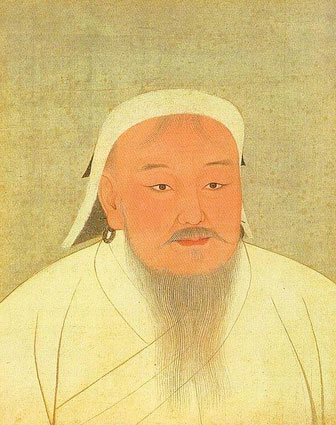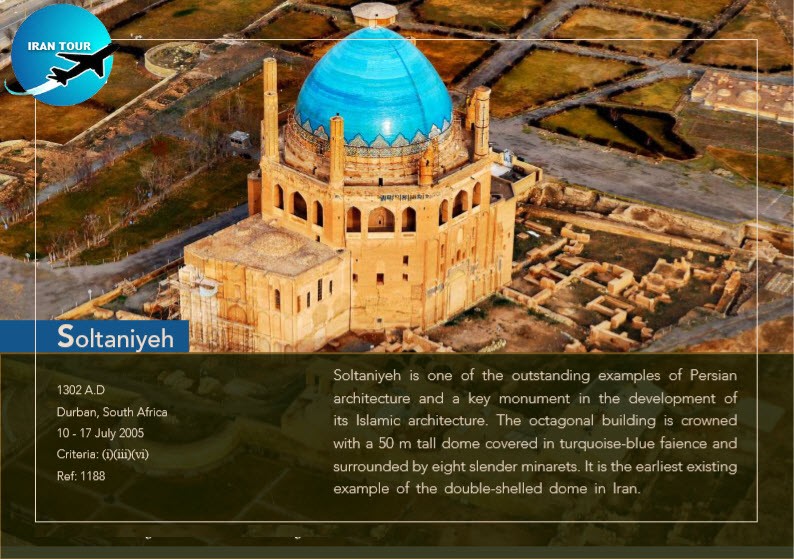Copyright 2020 - 2021 irantour.tours all right reserved
Designed by Behsazanhost
Mongolian & Ilkhanate Dynasty
Mongolian & Ilkhanate Dynasty
 |
Mongolian Ilkhanate (1256 - 1353) Genghis ( Changiz Khan) amalgamate his unified power in the 13th century. After conquering Beijing, the capital of China, he decided to start a trade with the West countries of Asia to improve the lives of people who were living in Central Asia. He established new diplomatic ties with the Kharazm kings to expand his trade westward, but the idiotic and hostile behavior of the Kharazm king prompted Changiz Khan to attack Iran. The Mongols moved westward through the north and south of the Caspian Sea. In their first attack, they destroyed Khorassan. Their attacks continued during the reign of Changiz Khan's successors. After defeating the Kharazm dynasty in a complex way and conquering Armenia and Georgia, the Mongols turned to the west and defeated the Anatolian Seljuks. At first, the Mongol commanders in Iran obeyed the great Mongolian Khan of Peking and called themselves "ilkhans" (meaning the dependents of the great Khan). But little by little the Mongolians impressed by Iranians' advanced culture and civilization changed tactics and, after many wars of destruction, they adopted Islam as their religion and began to spread religion. Having lost their savage temptations and become civilized, they are Mongol lords passionate about various arts, including painting, calligraphy, and science of the time. They had no system of government and their goal in life was to fight and Lut. Having tired of their wildlife, Iranian statesmen and lords have found a good opportunity to be loved by Mongol rulers and to dictate their code of government. After Hulaku Khan, grandson of Changiz Khan ended the Abbasid caliphate in Baghdad, the Mongols became masters of the vast Islamic world. But because of weak governance and economic problems, Mongolian leaders were forced to adopt Islam and carry out a series of economic, social, and commercial reforms. Islam helped the Mongols expel their barbaric tribal customs and even Ghazan, a strong Mongolian governor, changed his name to "Mahmud". He eliminated the name of the Great Khan from his room and announced that he would no longer obey him.
The adoption of Islam by the Mongols, the fall of Baghdad and the existence of great Iranian scholars in the Mongol courts, and their love of new sciences such as astrology, medicine, and historiography paved the way for the development of these sciences in the Mongol courts to the point of creating the largest observatory of the Islamic world in Maragheh by Hulaku Khan. In addition, many books of valuable stories were written during the Mongol rule in Iran.
 |
Their conversion to Islam and their adoption of the Islamic-Iranian culture led them to adopt the Shiite faith. When Uljaitu was converted to the Shiite faith and built magnificent buildings in Maragheh, Tabriz, and Soltanieh, he gradually made his tribal men forget their customs and barbaric rites. After that, Turks and Mongols united in Iran. The growth of the Iranian version of mysticism is quite remarkable at this stage, and prominent mystical poets such as Mowlana (Jalaleddin Rumi), Attar, Jami, Hafez, and Saadi have produced excellent books. The strength of the Ilkhani Mongols increased with the arrival of Hulaku Khan and ended with the death of Abu Said, son of Uljaitu, in the 13th century.
The Mongol khans used to appoint governors in different provinces of the country and collect taxes at the end of each year. As a result, many local governments were established in Iran in the 13th and 14th centuries, including Gharakhtaiyans in Kerman, Injus in Fars, Lorestan emirs, Choopanians, Jalayeries, and Sarbedars. After the death of Abu Said, the last Mongol Khan, the Ilkhanian empire fell into chaos. At this point, Timur, who believed himself a Changhiz envoy, attacked Iran from Transoxiana and ended the small governments set up in Iran.
- Details
- Category: IRAN Blog